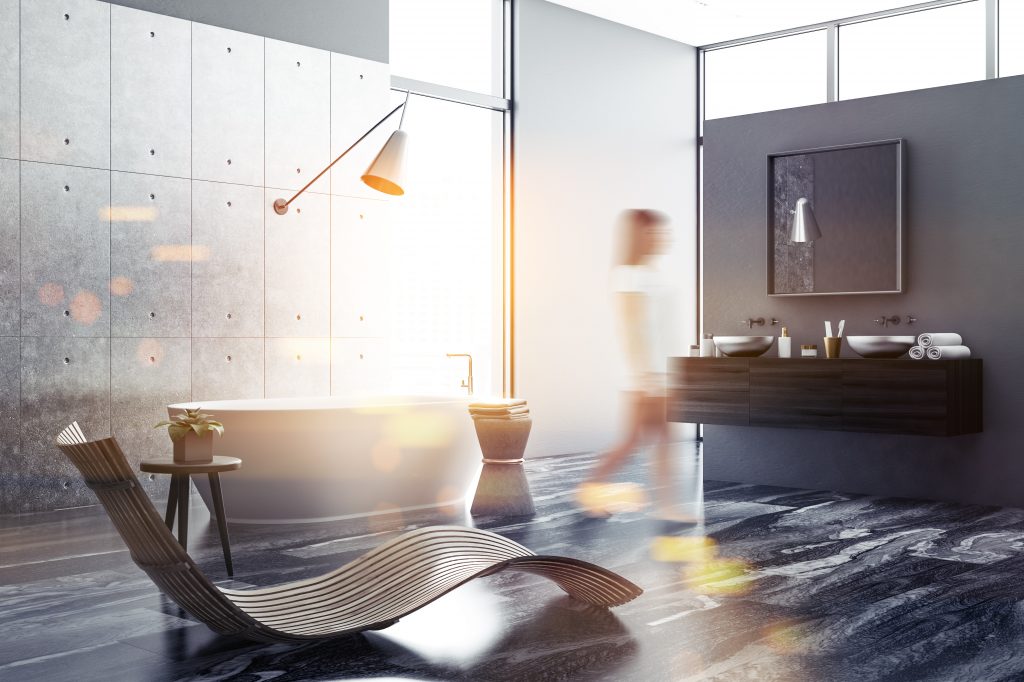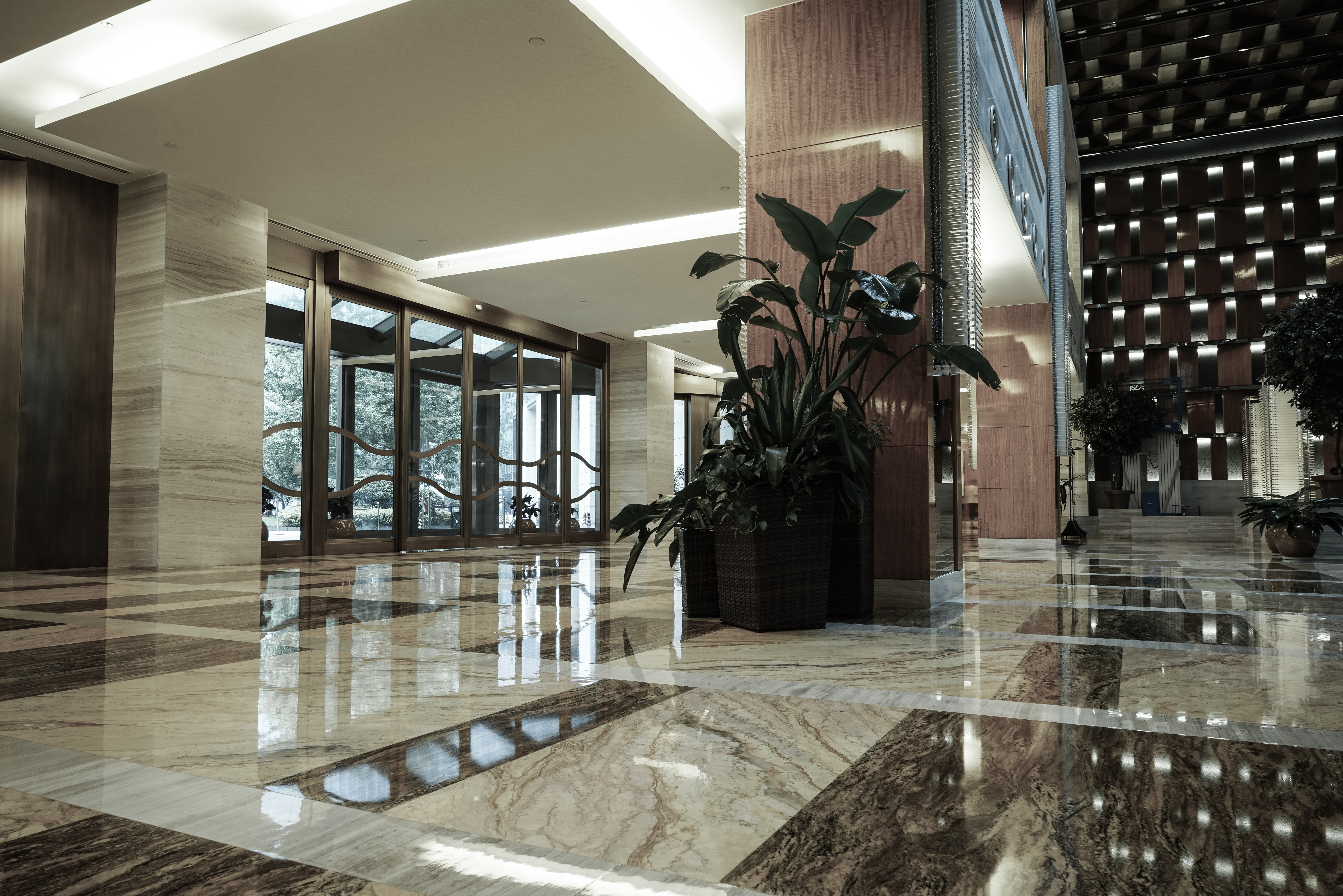Whether used in living rooms, kitchen countertops or bathrooms, marble has a timeless and elegant appeal. It has always been among the most preferred natural stones for home décor, and the most commonly used varieties are Italian and Indian marble. These natural stones are available in a wide range of colours and vein patterns, and to a layperson, the sheer variety of choices can be quiet overwhelming.
We bring you the lowdown on Italian marble vs Indian marble; including the various varieties, colours and characteristics so that you can make an informed decision for your home.

Properties of Indian Marble vs Italian Marble
-
Italian Marble Indian Marble Source Quarried from Italy Quarried from Rajasthan, Gujarat, Andhra and Madhya Pradesh in India Lustre Italian marble is very high-quality lustre, pearly and luminescent Indian marble is medium lustre as compared to Italian marble. Colours Italian marble available in White, Grey, Blue-Grey, Rose, colours Indian marble available in white, Grey, Deep Yellow, Green, Red, Black Softness Very soft Comparatively harder Thickness Commonly available in 18-20 mm slabs Available in various thicknesses, can go up to 30 mm Polishing Available as one side polished slabs Polished or unpolished Cost Starts at Rs 350 per square foot Starts at Rs 80 per square foot Laying Italian marble needs highly skilled craftsmen Indian marble requires a lesser level of skills as compared to Italian marble. Environmental concerns As it is soft, it has a nylon backing and is treated with epoxy resins, matching pigments and chemical resin sealers No toxins or chemicals used to reinforce stone as it is harder Where used High-end floors of living, foyer, staircases, tabletops. Not preferred in kitchens as it is very soft and can easily stain. Indian marble mostly used in bathroom walls and floors, kitchen countertops.
Pros And Cons of Indian Marble and Italian Marble
While the most significant advantage of marble is its aesthetic appeal, it does come with a lot of drawbacks.
- Marble is a porous stone and is prone to stains. Chemically, it is made of calcium carbonate, a basic salt that can react with an acidic material. That’s why citrus juices can corrode the surface and make it susceptible to small pits. For this reason, granite is preferred over marble for kitchen countertops.
- As marble is a natural stone, deeper layers of the stone could have fissures and cracks which may not be visible on the surface. As a result, the slabs you buy may sometimes come with a high percentage of wastage.
- Marble is prone to scratches and heavy or sharp objects should not be moved on the floor.
- Unless you have experts laying the stone, it may not be done perfectly level.
- Over a period of time, marble can wear away and develop hairline cracks due to weight or pressure. This is more common in Italian marble. However, many people feel this adds to the charm as the stone ages.
- Marble is more expensive than granite, vitrified or ceramic tiles.
Marble Types and Colours Available in Market
Indian marble comes in many unique colors. Makrana marble and Rajnagar marble are available in shades ranging from pure white to grey, with distinctive patterns and grains. Andhi Marble is famed for its creamy pista green colour, while Jaisalmer marble is characterized by its warm, deep yellow tones. Silky black marble is obtained from Abu. You can find Bidasar marbles in shades running from deep green to muddy brown. Lovely pink marble is obtained in Jodhpur, which sometimes has grains of grey and white running through it.
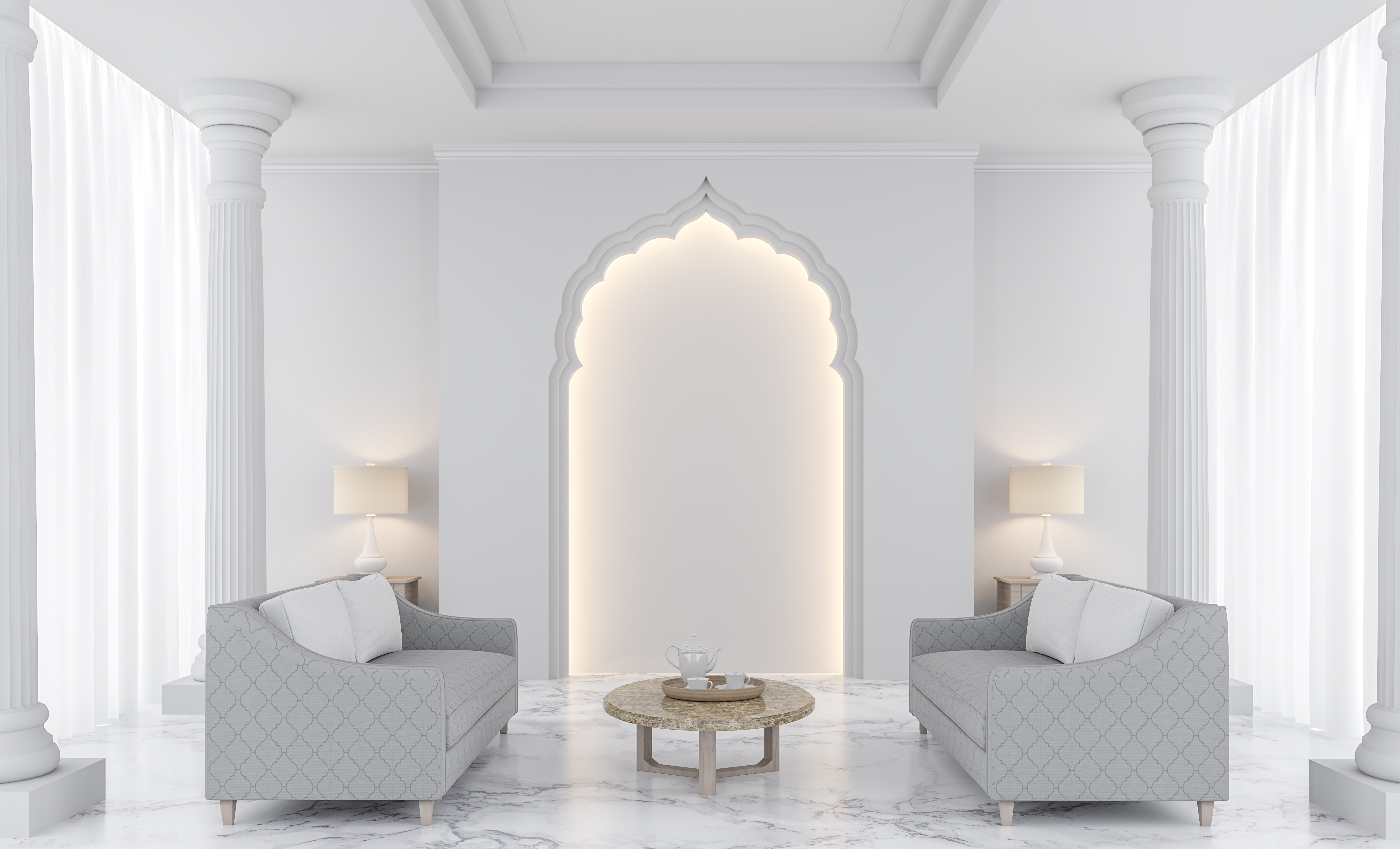
Italian marble is known for its fine veins and a lustrous sheen. The most well-known varieties are the white or blue-grey marble from Carrara, the pearly shades of Botticino and the creamy white Pavonazzetto or Red Verona.
Cost: Indian Marble vs Italian Marble
Marble from Italy is among the finest in the world and is accordingly priced—with the cheapest varieties starting from Rs 200 per square foot, and the more exclusive, fine stones costing even Rs 4000 for a square foot. Creamy Calacatta marble with its feathery veins and Carrara are classified as Group A. These are available only at the lower depths of quarries. They are highly priced as they have very few fissures running through the stone. Indian marble is much more cost-effective, with the lower-end prices starting at Rs 150 per square foot.
When calculating the costs, you will also need to factor in the prices of cutting the slabs to size and laying it in your required pattern. This will come to around 150 per square foot inclusive of the fixing material. Marble inlay work requires very specialized craftsmen to do the work. Depending on how intricate the design is, costs can go up to Rs 2,500 per square foot. Finally, the marble needs to be polished with fine stones of carborundum and buffed and sealed with tin oxide. This polishing costs approximately Rs 40 per square foot.
Trending Ideas in Marble
Marble is primarily used in flooring and cladding in upmarket homes, office lobbies, and hotels. It is not preferred for external use, especially not in polluted areas, as it can get damaged. (A case in point: the white marble of the world-famous Taj Mahal is said to be turning yellow due to the industrial pollution in Agra).
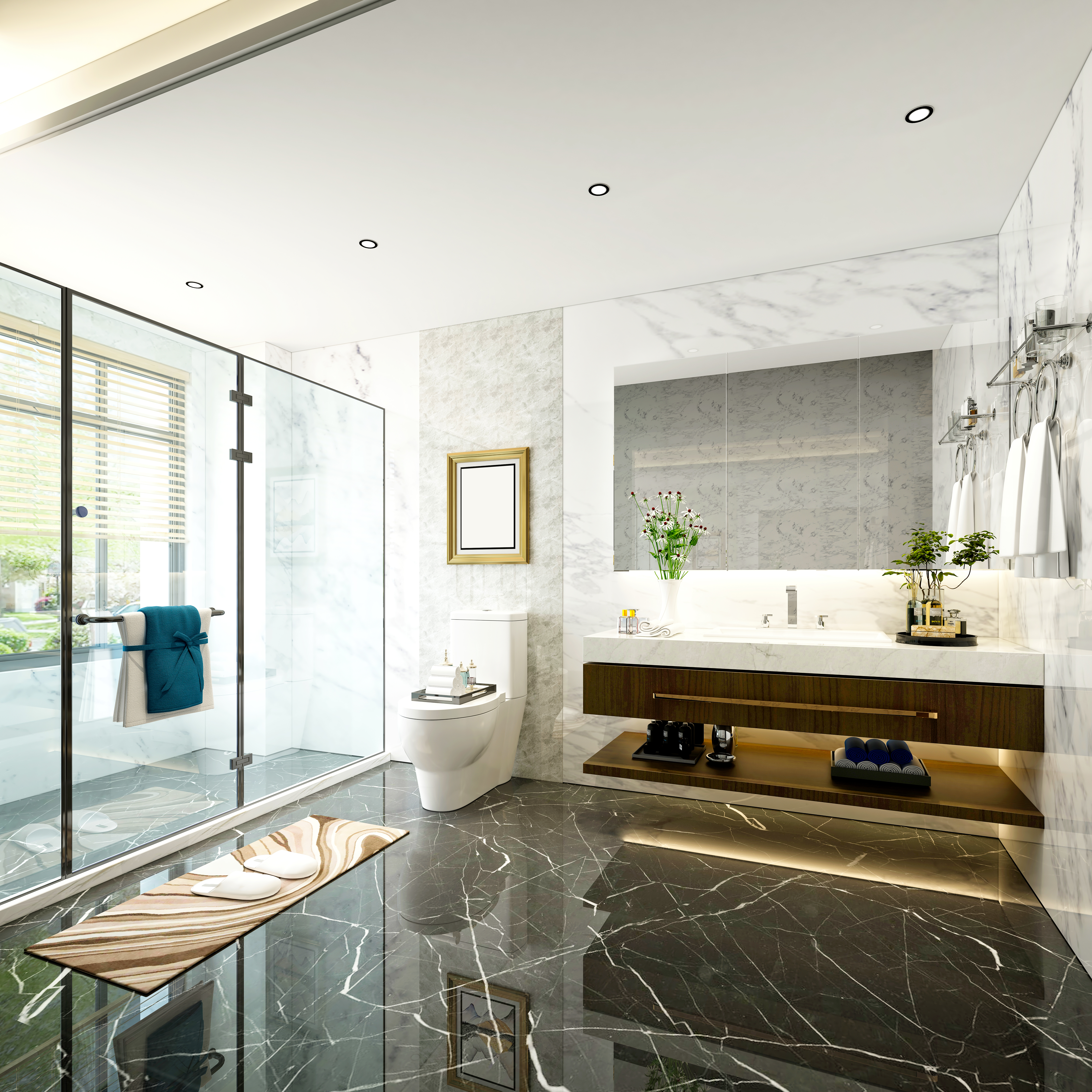
Marble has always traditionally been used in sculptures and artwork – like this serene seated Buddha. It is also used on tabletops, in mantelpieces, and in smaller pieces of décor like trays, soap dispensers and so on.

Cleaning Tips: Indian Marble Vs Italian Marble
A marble is a stone that requires a high degree of maintenance to keep it looking good. Its porous nature makes it very prone to scratches and stains, and such imperfections show up all too well against a polished surface. Here are some maintenance tips:
- Acidic substances like vinegar, lime, and tomato will stain the marble, so wipe up any spills immediately.
- Use diluted organic cleaners that are environmentally friendly and do not contain any chemicals.
- Seal the surface regularly with a sealant that forms a protective barrier. When water stops beading on the surface, it’s time to re-seal.
- Every few years, marble should be re-polished with carborundum stone and tin oxide, to restore the surface lustre.
- The water used for mopping the floor should not be hard or contain any chemicals.
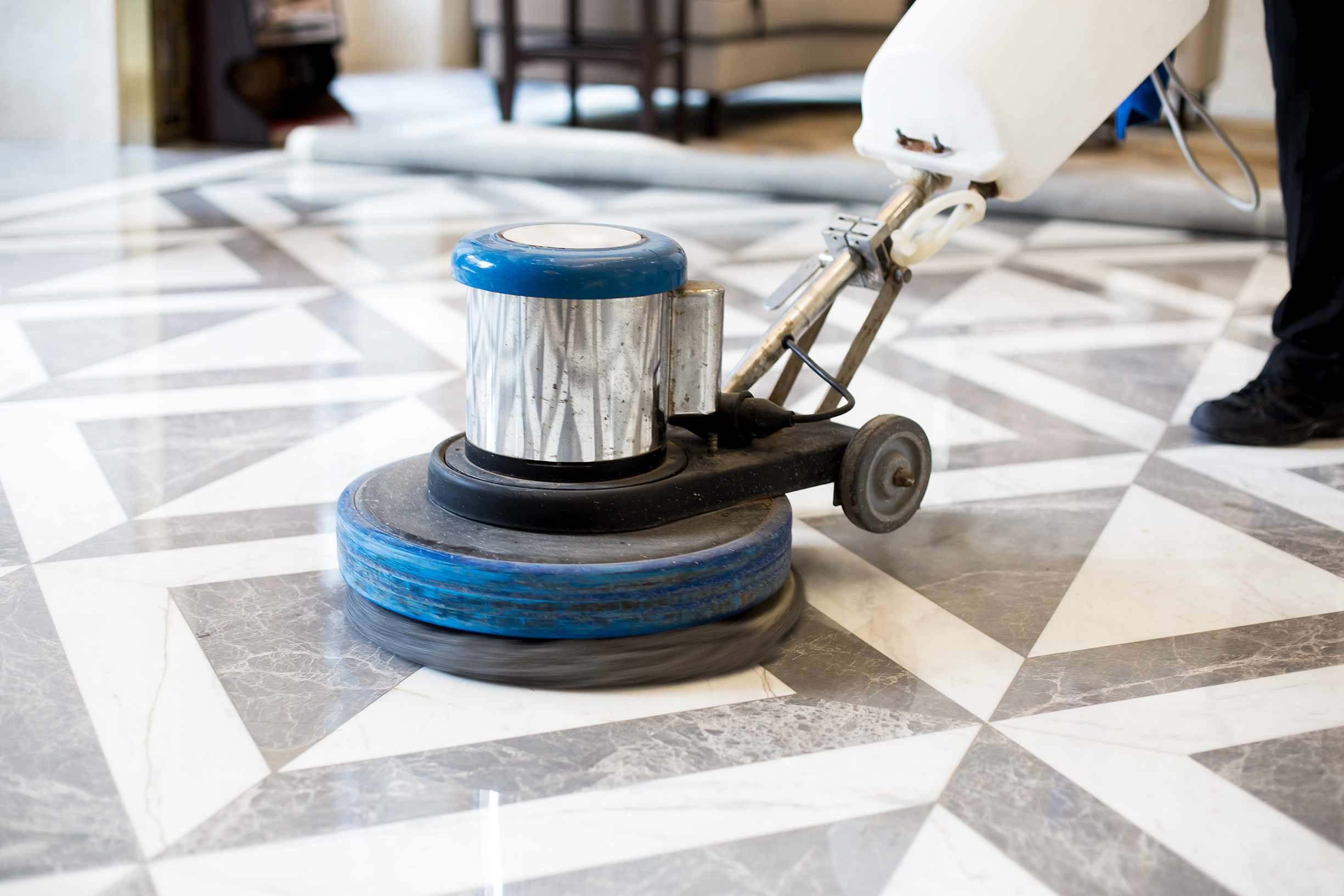
For sheer elegance, there’s nothing that quite matches up to marble. With its unique colours, elegant finishes, and lustrous textures, marble makes a classy statement in any space. Looking for some support with your home décor? Our creative designers at HomeLane are always happy to help!
Popular Services
Modular Kitchen Designs | Home Interior Designs | Wardrobe Designs | Living Room Designs | Bathroom Designs | Space Saving Furniture | Home Office Designs | Pooja Room designs | Foyer Interior Design | Kids Bedroom Design | Interior Lighting Design |False Ceiling | Home Wallpaper | Furniture Design
Popular Locations
Modular Kitchen In Ahmedabad | Modular Kitchen In Mumbai | Wardrobe Designs In Chennai | Wardrobe Designs In Delhi| Interior Design In Mumbai | Interior Design In Delhi
Popular Blogs
Party Ideas for Holi | Assam Type House Design | Pop Designs for Bedroom | Window Grill Design | Plinth Area | MDF Vs Particle Board | Wall Colour Combinations | Vastu Shastra Colors For Living Room | Classical Interior Design | Wardrobe Dimensions | Parapet Design | How To Prevent Dust In Room | Types Of Kitchen | Wall Panel Design | Small Modular Kitchen | Pooja Room Design| HDF Wood | French Door Design | Bedroom Wardrobe | Solid Wood Vs Engineered Wood | Athangudi Tiles

